In February 2025, I went on a trip to Cuba. There I was, at Havana airport, backpack on my back, ready for 3 weeks of travelling around Cuba. And honestly? It was one of the most impressive, educational and interesting trips I have ever taken. But also one of the most confronting. Because while I enjoyed mojitos, dancing people in the streets and endless conversations with locals, the Cuban people struggle with a daily reality that you don’t see reflected in the travel guides.
If you search Cuba on Instagram you will only see people with cocktails on the most beautiful beaches, or people in the back of a vintage convertible in Havana. And while that is definitely part of Cuba, that is only one side of the story. In the news, we sometimes hear that other side, of poverty and power cuts. But neither shows the nuance of the country. People stay away because of the alarming media reports, but it’s actually a reason to support the Cuban people now. And as a tourist, your holidays will only get better because of it.
The decline of tourism in Cuba
Since the pandemic, Cuba has been hit hard, especially in the tourism sector, which is essential to the island’s economy. Whole families live on the income of whoever offers tours, drives the taxi or can rent out a casa. So no income for that one person means poverty for a whole family (cousins, nieces, grandparents, everyone suffers). Since August 2025 the Cuban private sector even outranks the state.
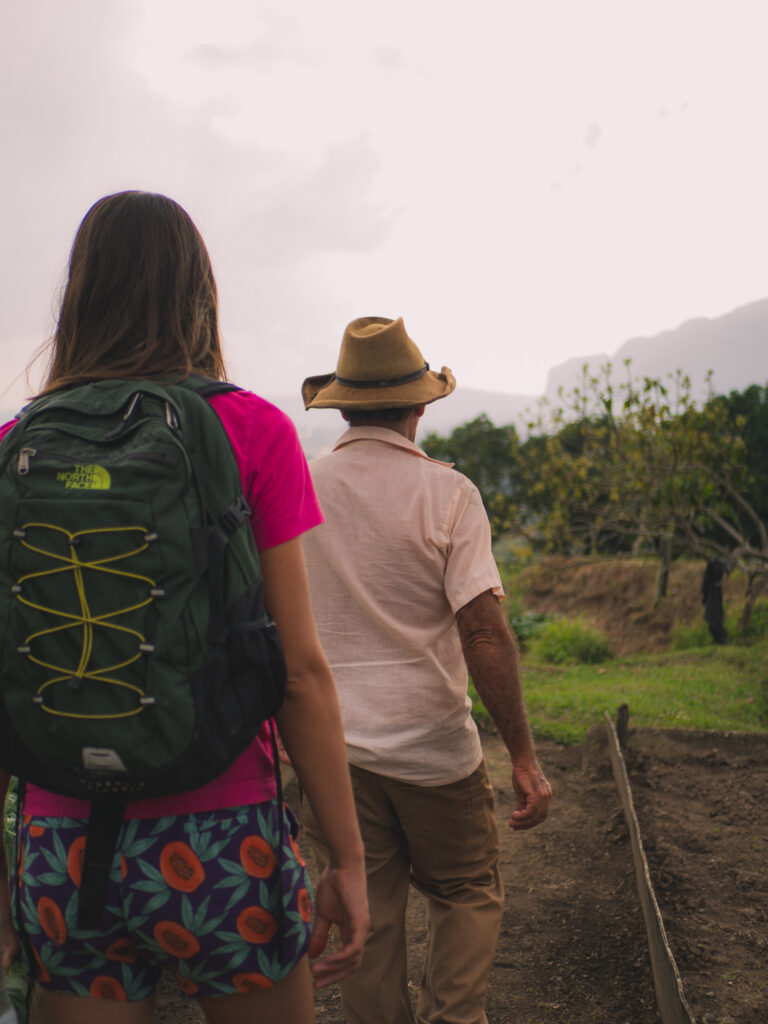
But tourism is dropping. In the first quarter of 2025, the number of foreign tourists fell by almost 30% compared to last year. According to Cuban statistics service ONEI, only 571,772 tourists came between January and March – a dramatic drop from previous years. Major markets such as Canada, Germany, France, Spain and even the US – where Cuban Americans often come from – saw sharp drops in visitor numbers.
The causes are well known: fewer direct flights, structural shortages in the country, negative reports of power cuts and food shortages, and a general crumbling confidence in the tourism infrastructure. Major airlines like Edelweiss, KLM and Condor have cut their Cuba routes, and even Cuban officials acknowledge that a full recovery is unlikely until around 2030.
But those most affected by this are the locals who are already suffering so badly with all these shortages. So this is precisely the time to plan that trip to Cuba and contribute. Every euro you spend in Cuba now can put food on the table. Travelling consciously and with a positive impact has never been easier.
What do you notice from the Cuban black-outs?
I’m not going to lie that you don’t notice anything about the black-outs in Cuba, because of course you do. Unless you sit lazily in a luxury resort in Varadero for a week, where most generators keep things running, you will be affected even as a tourist. In Havana, everything is kept running most of the time as well. Because when we say ‘black-out’, we are talking about a power cut and a government that turns off the power. Not to torture, just because there isn’t enough energy to keep the whole country running 24/7. But they do choose who gets power, when and how much. In some places, that means a fixed schedule – every day between 7 and 8 in the morning, 5 and 7 in the evening and an hour in the night, for example. Just enough to keep the fridge usable. But some places aren’t a priority and the power could be cut for days, never knowing when it will come back.
But this is nothing new. The problems already started with the fall of the USSR, the biggest supplier of oil to Cuba. Since then, it’s been a struggle to find enough oil and gas. With other countries also having gas problems and Russia needing its own gas for war, the problems have become worse and a greater strain on daily life. If you pay attention, you can see who’s been adjusted to the situation for a while, and who’s only recently been affected by the power cuts.
The Cuban cities that adjusted to the power cuts
In Viñales, we had no power for 4 days, but still had tasty breakfasts and fresh coffee. We also went to visit a stranger to drop off some healthcare items for the local people in Cuba. Hospitality in Cuba is endless, even with limited supplies. We thought we’d just drop off our items and get going, but she invited us to stay for coffee, and then even made us a plate of fruit and a to go bag with fruit for our bicycle ride. She showed us around and showed us how they work around the power cuts: they went back to cooking on coal/wood stoves. They have adapted to the situation. We’ve survived without power for centuries, so there are always alternatives. There’s also often a neighbour with a generator to charge your phone or use the wifi for a while. People sit outside, drop by instead of calling and are much more in touch with each other.
In Trinidad, the party went on as usual in the evening, with a wireless speaker and a street full of dancing people. One night we went to ‘Casa de la Música’, an outdoor stage where they have a band playing every night and where the locals will teach you salsa. There was supposed to be power until 11pm, but it cut just a few minutes before, in the middle of a song. Without even thinking about it, everybody in the public (myself included) grabbed phones and lights and started to light up the place. The music kept playing, the people kept dancing and the party kept going. Cubans know how to enjoy life, even if it throws them curveballs. It’s heartwarming and it’s why it is one of my favourite places on earth.
No electricity, no coffee
But in Matanzas, for example, it was ‘no power, no coffee’. Matanzas town sits next to the popular beach resort Varadero and has its own power plant. Until the end of 2024 the power plant was working normally, so Matanzas too, like Havana, always had power (unless the whole island was without power). It was very clear that they weren’t adjusted to the new reality yet, and still just accepted that no electricity, meant no machines for, among others, coffee. We did eventually find a coffee shop with a generator that had coffee and went for €0.60 Cuba libres for the rest of the day. We even found a club that had power from 11 o’clock, so once again the party could go on as usual. It seemed deserted in the evening, but after some asking around, it turned out that the power was working there at 11 o’clock again so the starting time just got pushed a bit, but it didn’t stop the party.

In Playa Larga, during a little moment with power, we went in search of coffee and found it in a shop that was actually closed, but whose owner found our need for coffee very amusing. We came here the day before as well, to be met with a ‘no power, no coffee’. So when we asked ‘there’s power, is there coffee’? She laughingly made a cup for us.
Prepare for it. Take about 3 powerbanks with you and make sure they are on the charger when you go out, so you take advantage of an impromptu hour of power. Or even better: buy a version with solar panels, as there is no shortage of sunshine hours in Cuba. Take battery-operated lights with you and just enjoy not being available 24/7. Download offline maps to find your route and ask old-fashioned help, routes and suggestions from the owners of your casa. They can help you with everything, no internet needed.
A lack of gas and how to get from A to B
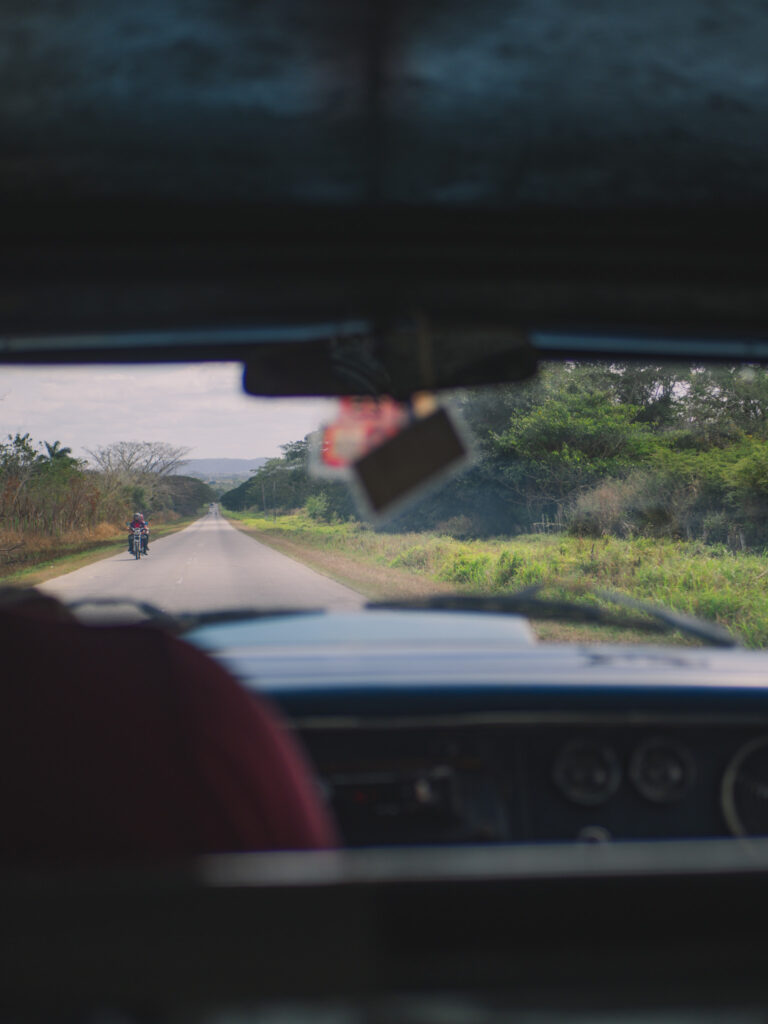
Besides the ‘black-outs’, a shortage of gas also creates difficulties for transport. The streets are empty and the lines for petrol long. Really, we’ve driven on 3-lane highways where for a good 20 minutes we don’t encounter another car from either side. That forces you to face the facts: there were once enough cars to build a 3-lane highway for. And now? There are cars. If you have money, you can even import a new one. But many cars are rickety and cost a lot of money to maintain. Finding parts is difficult and expensive. That is why most cars are used for tourism: as taxis. But you also see many abandoned in the streets.
Locals move from A to B by buses. Local buses are packed and best to be avoided to leave space for the locals. Tourist buses often still have space, so that’s a good way to get around. Taxis are another way. But don’t bother renting a car. If you can find one to rent at all, you’ll pay top dollar. Then, if you’re still willing to pay that, the real problems come. Because where do you find petrol? Many petrol stations are empty, hence the miserable queues. Do you feel like standing in line for hours at the petrol pump every 3 days or so? Save yourself the trouble and take the bus or a taxi. That way, they will get income again and you don’t have to worry about an empty tank in the middle of nowhere..
A lack of food in Cuba
Another shortage is food. And that too is mainly a problem for the locals. The locals are the ones living on food stamps that are getting less and less, because there is less. Milk was available for everyone last year and now only for children, because it’s just not available. Often it’s available for the rich, who can buy it in the overpriced shops. But the food given through the food stamp system is very limited and hardly enough for most.
As tourists, we have the money for the shops or to have 4 meals if we want to. Although choices are limited, because down the line there really isn’t much available, you’ll most likely eat the same thing again and again. But at least you can make sure you get enough fuel to get you through the day. Don’t expect star meals and variety that ensures a good balance of nutrients during your trip. We had a really tough time the last week. Not enough fibers, not enough vegetables (only cucumber, cabbage and tomato – for 3 weeks). But luckily MANY delicious tropical fruits! Oh how we enjoyed those. And in the cities you can find excellent options. Vegetarian restaurants in Havana and Trinidad with some other kinds of vegetables they’ve managed to grow or import and, for example, good Italian restaurants for variety. If it’s too little, just eat 4x a day. It usually costs €6, so just bring enough cash (you can pay in Euros and Dollars everywhere) and spend a bit more.
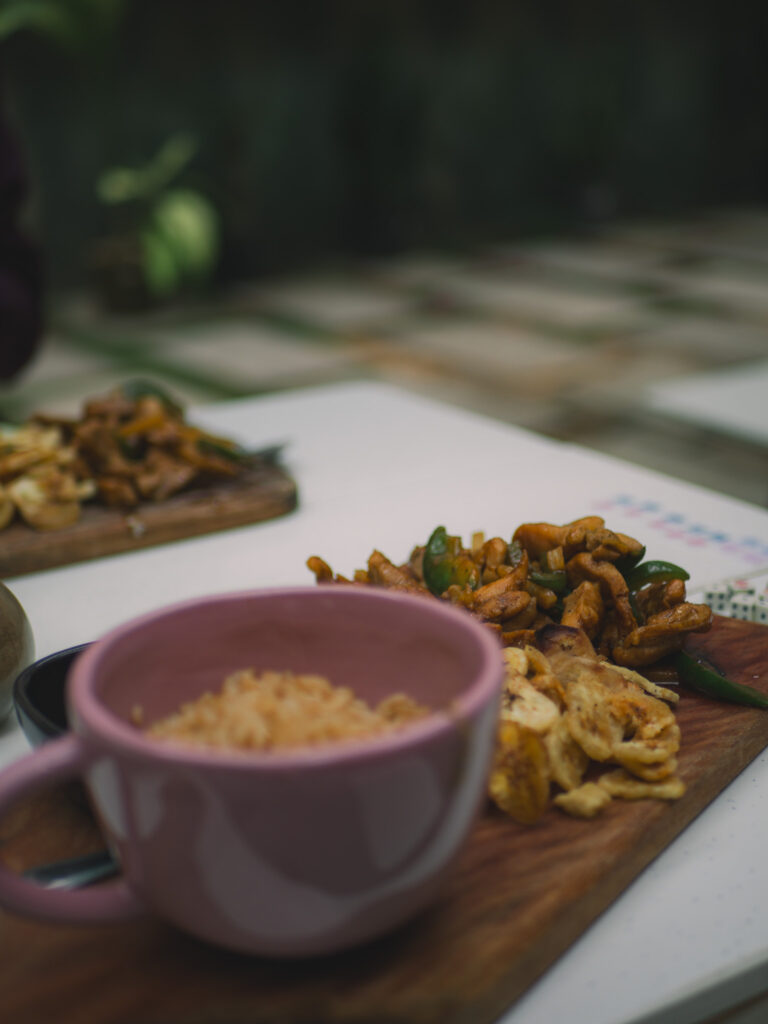
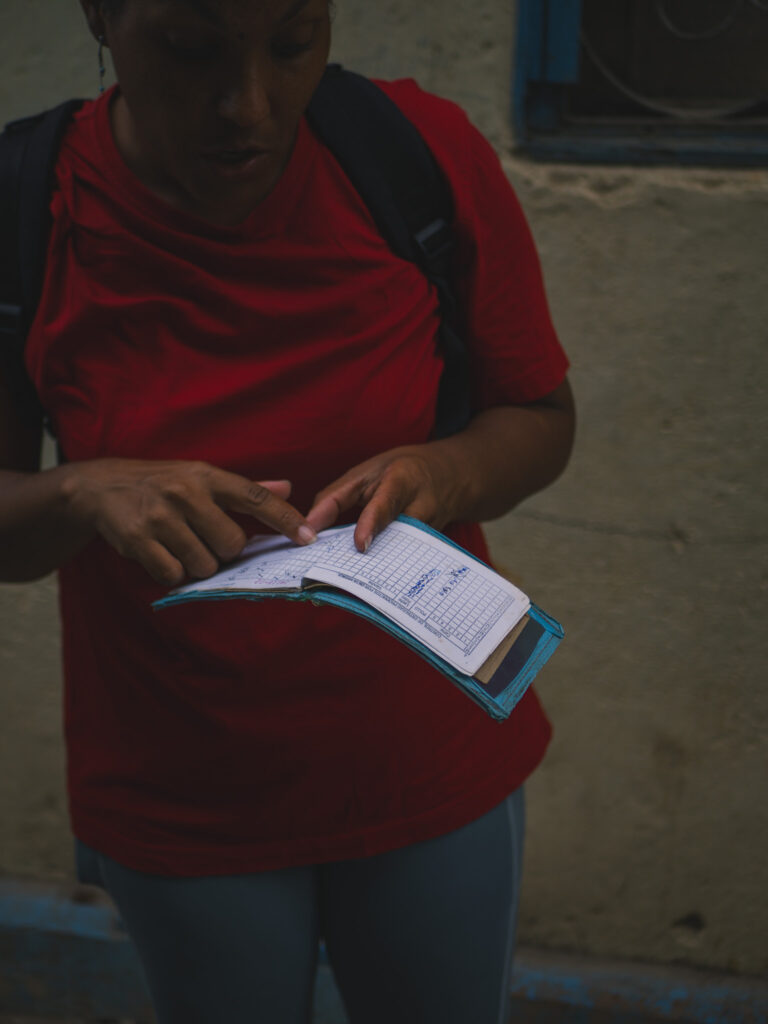
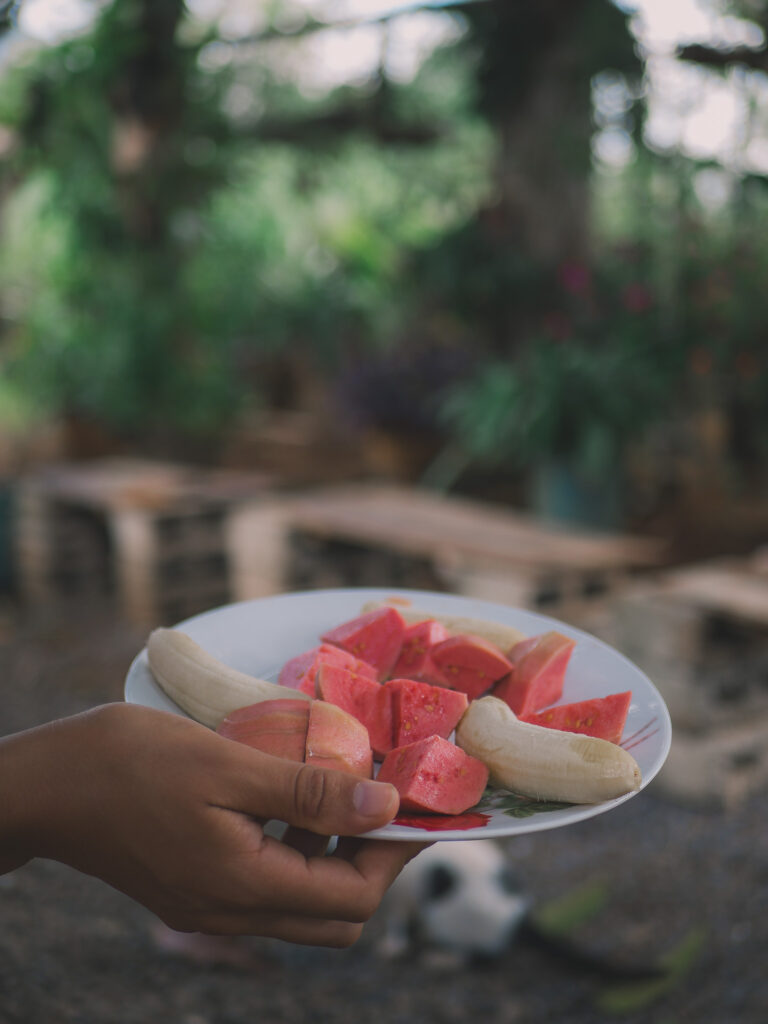
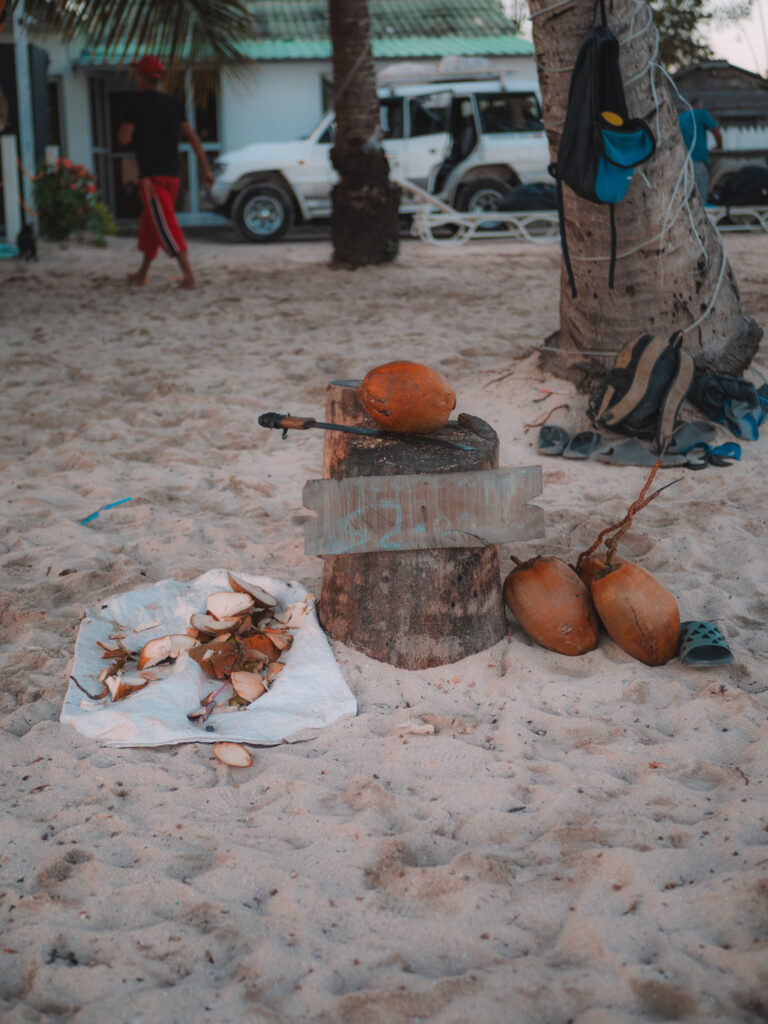
Flying to Cuba
A final obstacle why people are less likely to travel to Cuba is because of the limited availability of flights. Kind of weird to me, because it’s not like there aren’t options. They just require a layover for most of us.We also fly to Bangkok with a stopover in Dubai. So why Europeans don’t want to fly to Cuba with a stopover in Madrid is beyond me. Or transfer in Mexico and spend a few days there. Plenty of routes to still fly to Cuba. But research shows that this is partially what is stopping tourists from travelling to Cuba. However: the lack of flights is also a result of less tourists. This resulted in half empty flights that weren’t worth it anymore for the airlines. So I think the problem started way before that. It’s simple supply and demand, so there have to be other reasons that made airlines scrap the route to Cuba.
Who really struggles from Cuba’s lack of resources?
But even though you’ll come across these shortages, and your trip to Cuba definitely requires some planning and preparation, keep in mind that this is their daily life. The locals suffer far more from all these shortages than us tourists do. It just requires some adaptability, but Cuba will give you so much joy and warmth in return. Cuba is always portrayed as a breathtaking destination: beautiful white sandy beaches, a diving paradise and music on every street corner. Cigars and mojitos, life is a party.
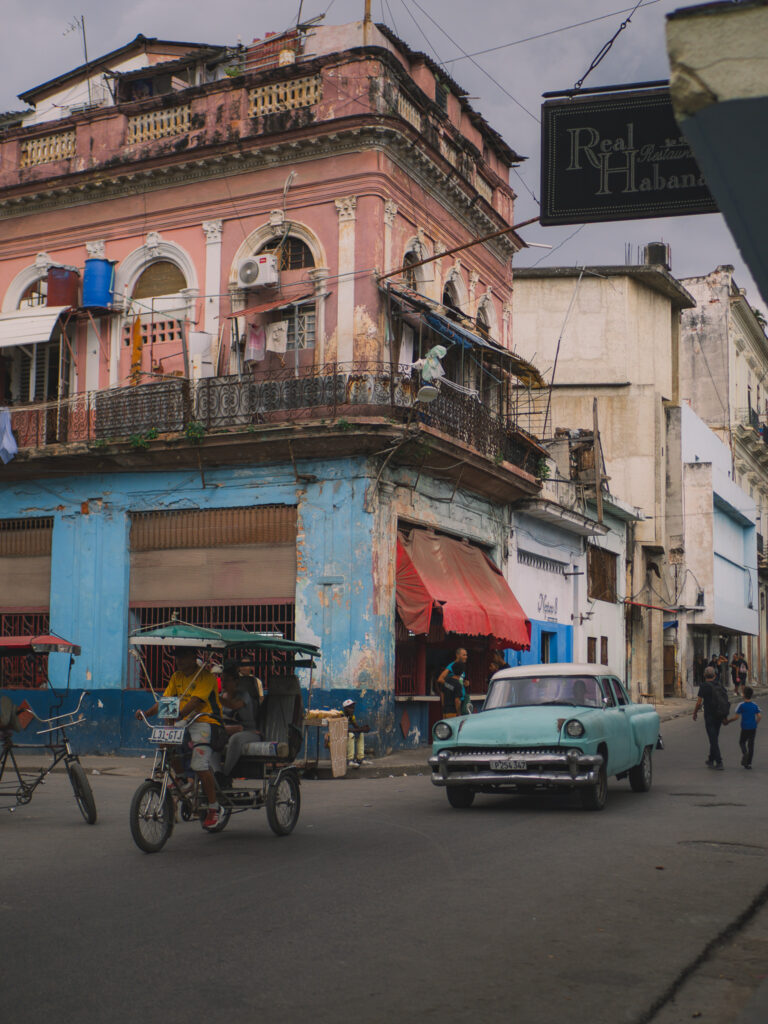
And it ís. People still dance. But Cuba has long been a poor country. It is no Aruba and has very little in common economically with its neighbours in the Bahamas. Heavily boycotted by America, so many other countries don’t want to trade with them either, preferring to remain friends with America rather than Cuba. There are also a number of political reasons why little comes in, like debts to other countries and deals where Cuba didn’t hold up their end of the deal. Even UNESCO refuses to invest any more money in the many heritage-listed sites because, unfortunately, the money was not spent on maintenance. So the government isn’t helping the situation.
But that doesn’t make the music any less good, the atmosphere any worse, the rum any less tasty and the beaches and nature any less breathtakingly beautiful. The country runs largely on tourism. So it’s a shame that tourists stay away now that things get harder for the Cuban people. Because right now, they could use our money so much. For tourists, not much has really changed, but for locals, all the more. People worry about safety because of the blackouts, but as they rely on tourism this much, they will always protect tourists and make sure they come home with beautiful stories, not terrible experiences.
So how can you help Cuba tourism?
Tourism is one of the few direct money flows to the Cuban people. Salaries in state jobs are around €25 a month, which will just make ends meet but certainly won’t pay for that €5 bottle of milk. People live on side income, from renting out a room, selling homemade souvenirs, or guiding tourists.
Here are ways you can make your trip responsible:
1. Stay in a casa particular
These are local guesthouses run by Cubans themselves. You rent a room from the people in the house. Sometimes they have several rooms, but often only one. The owners themselves also live in that house and will lovingly make you breakfast (usually for €5). So they can help you with everything and can give you the best tips as locals. Casa’s are often between €13-20 per night, depending on the location. You used to be able to book them through Airbnb, but that too is now largely blocked. The best way now is to search via Tripadvisor, Google maps or Instagram.
Hotels are run by the government and staff thus earn only €25 a month. So that mostly supports the government’s pot.
2. Book local tours
Choose local guides. Many Cubans speak several languages and know their city or natural area inside and out. A walking tour of Havana with a local historian, a cooking workshop in Viñales, or a snorkelling trip from Playa Girón, there’s always a local guide to take you. How to book? Ask your casa, they’ll probably know a guy. Or again via Tripadvisor or Instagram.
3. Use local taxi’s
When you think of Cuba you think of vintage cars, right? Good news: that’s the best choice! These are the private cars, which means a local driver gets the income directly from you. We felt like they often work together, as we called someone several times, after which someone else ended up picking us up. So it doesn’t really matter much which car you choose (so definitely pick your favourite colour for your Insta photos), you’re supporting some people with it anyway. You can negotiate the price, that’s pretty normal. But don’t make it too crazy. Like I said: poor country. Bargaining is part of the culture, but of course you don’t have to exploit them.

There are other taxis as well, the familiar yellow taxis, which belong to the government. Useful for long distances, though, as you can then share a taxi (the ‘colectivo’), making your trip a lot more affordable. But if you have the money for a private taxi for long distances, I would definitely recommend it.
4. Support local artists and shop owners
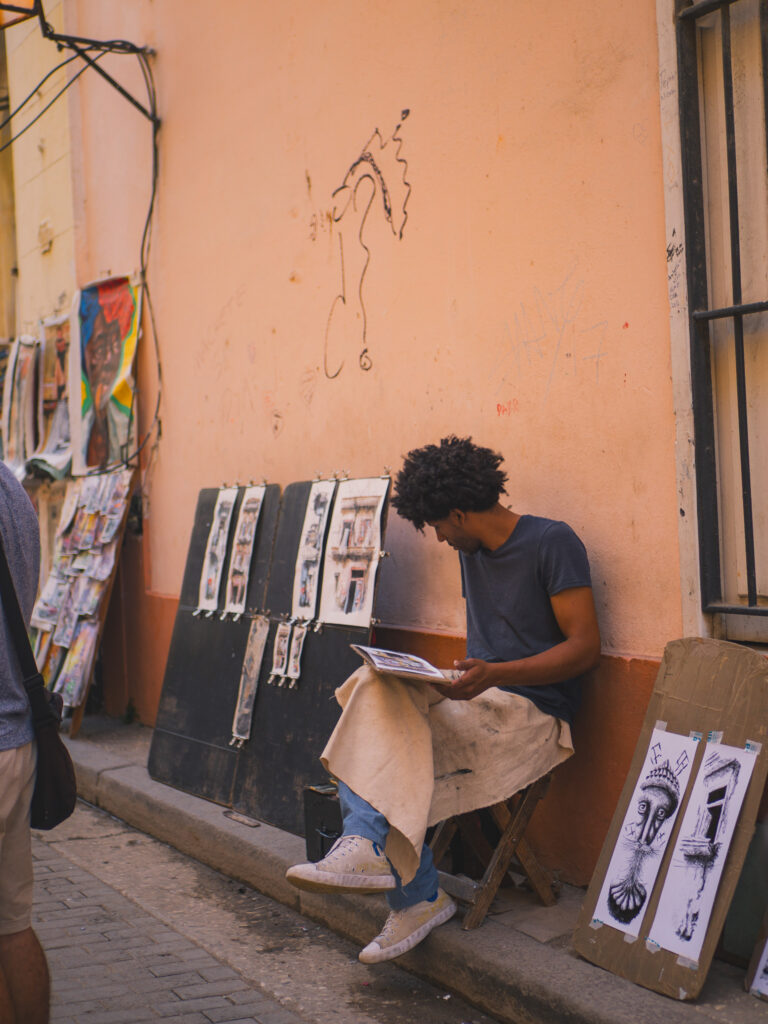
Cuba is art, music and creativity. So plenty of choice for souvenirs. From artists painting on every street corner in Havana to small entrepreneurs selling delicious snacks from their homes. Many people are creative and try to use their skills to make some extra money. Enjoy the snacks and take home some pretty goodies. In Trinidad, I also found a small jeweller who made a beautiful custom ring for me. I can still see the smile on his face when I came to pick it up. Due to a day at the beach, we were a bit late, so I believe they were afraid I had left them with a custom ring. But I’m still super happy with it and can recommend it to anyone! If you ask nicely, he’ll probably even show you how to make something yourself.
5. Bring items to give to the locals
As there is very little available in Cuba, they can use literally anything. Cuban doctors are one of the best in the world and fly all over the continent for consults and surgery. But in Cuba, they can do very little. Having surgery? Then you have to bring everything yourself, from needles to antibiotics and everything in between. This is what locals buy on the black market, at European prices. Draw your conclusion about how well that system works, based on a €25 monthly income for most. So bring stuff with you! Painkillers, sanitary towels, gauze, soap but also batteries, lights or if you have the money: solar-powered powerbanks, car parts for those vintage cars or mini solar panels.
(So bring enough for yourself too, because you can’t buy it all there. Especially things like sunscreen or insect repellant, for instance).
6. Be patient and adjust
You’ll sometimes have to wait. For food, for a taxi, for electricity. Don’t get cranky if it takes a bit longer. For example, bring a game to play while waiting. This is also a great conversation starter and it immediately signals that you’re not in a hurry, that they don’t need to stress about you and that you are adjusting. Bring along lights and powerbanks so you don’t have to rely on electricity. I brought a light that I could screw onto my camera tripod, so it was a floor lamp that we could put in the room or on the terrace. Our casa host was impressed by our preparation and we noticed that at that moment she really thought ‘I don’t have to worry about them’. Have a chat and show interest. Have a dance with a local and learn from them. After all, they are damn good at enjoying the little things in life.
In conclusion: now is the best time to travel to Cuba
Conclusion: travel to Cuba and be surprised by friendly people who make the most of life despite a super tough situation. A land of connection, creativity and pride. Because despite everything, most of the people we spoke to are incredibly proud of where they come from.
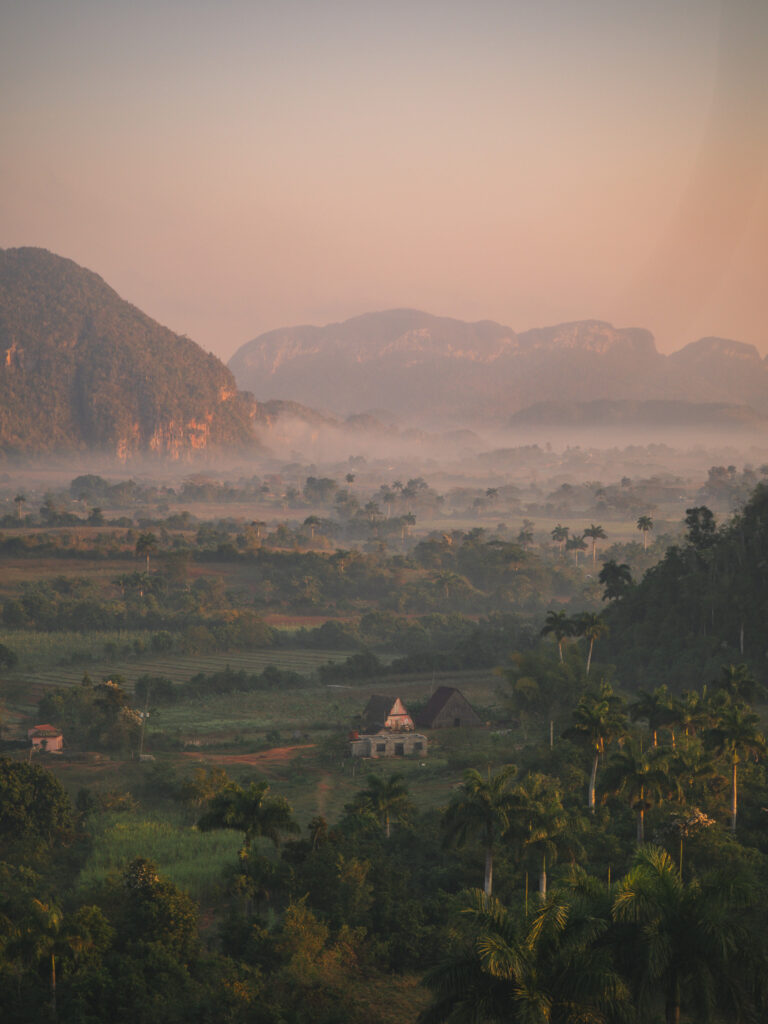
With good preparation, Cuba is an easy country to travel in. The locals really help you with everything and everyone on the island seems to know each other. So if you need something, you ask at your casa and they will eventually come back to you with a solution. You have a whole population behind you, which makes it an incredibly easy country to travel and super safe. Social control is high, partly because there is little to do other than keep an eye on everything and gossip about it, but partly because the country runs so much on tourism that people keep an eye on things.
Want to go to Cuba but still find it difficult to plan this trip? As a travel planner, I can help you put together a fantastic trip. Don’t feel like going alone? In spring of 2026 I plan on organizing a group trip to Cuba. We’ll visit many of the places I visited. I’ll take you to the beautiful nature, the best club(s) and best cities. Sign up for my newsletter to stay up to date on this.




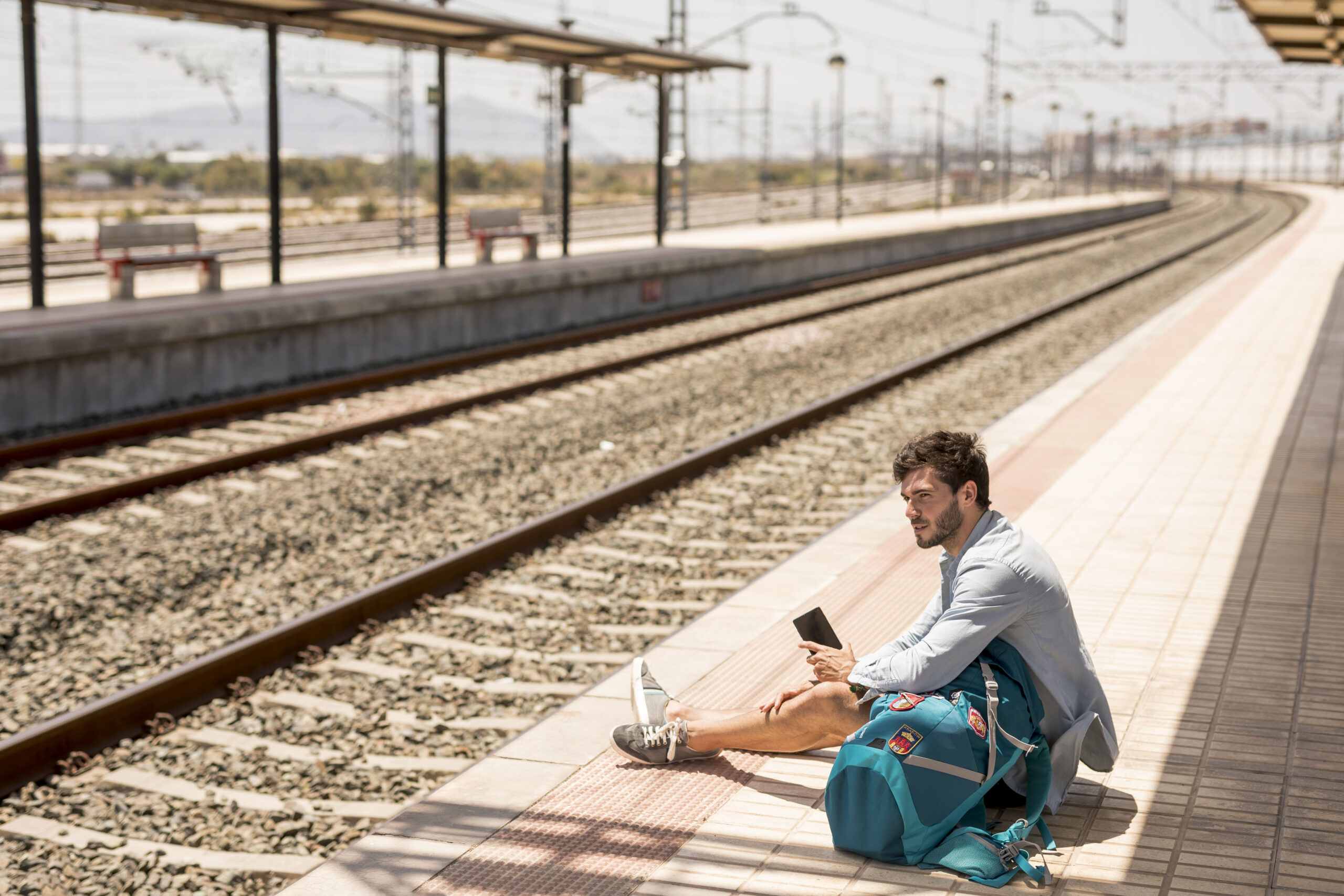
I find your blog post fascinating! It doesn’t happen often to be able to read about the raw reality.
I admire Cubans for being able to appreciate life even in such a struggle.
We take for granted why too many things.
Thank you! Yes we often focus on the good things, which are many and which is great of course. But travel is also a privilege not everybody has, so I think there’s value in sharing the full story in a country for those who might not be able to experience it themselves, or who aren’t sure of going yet. Cubans are crazy resilient and so kind-hearted, they deserve more credit for it.